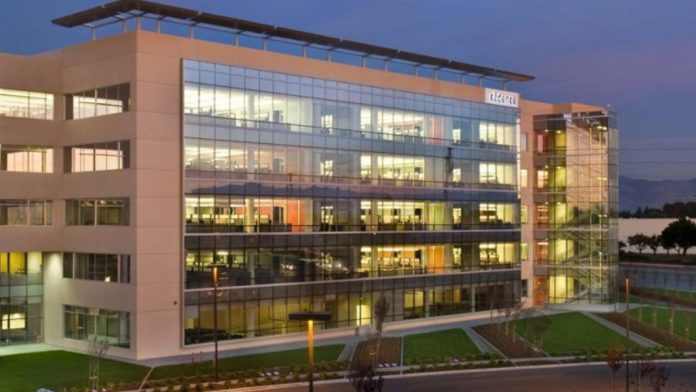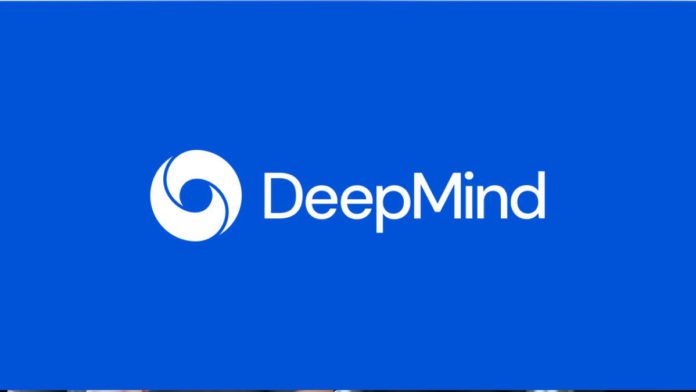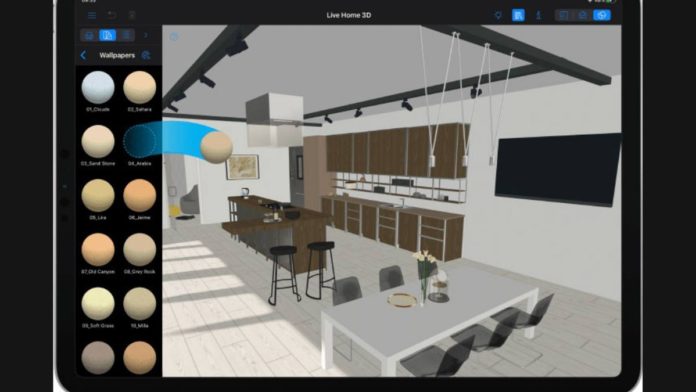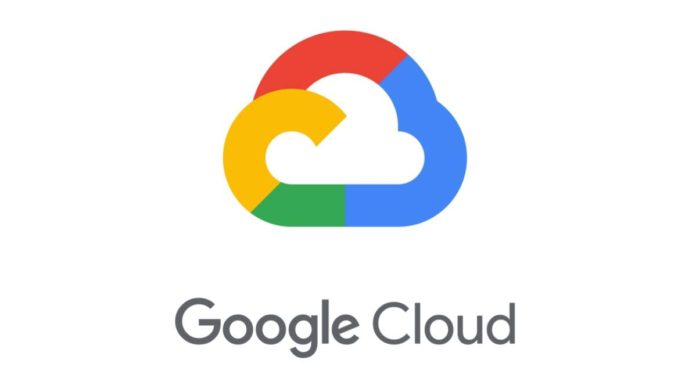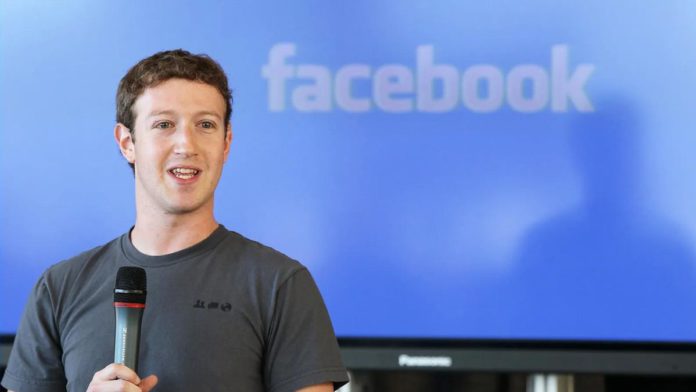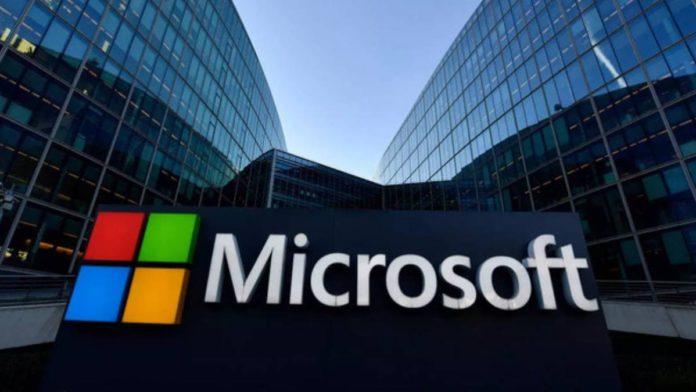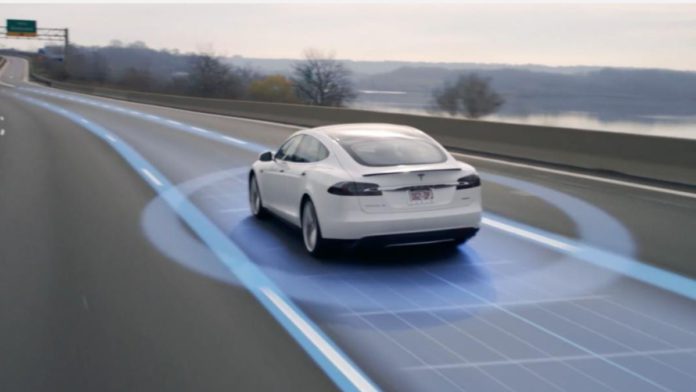Cadence, a leading intelligent system design provider, announced that it plans to apply big data-based applications and artificial intelligence to optimize workloads. The suite of these applications, called Verisium, is designed on JedAI (joint enterprise data and AI).
Verisium marks a generational transition in EDA (electronic design automation) from single-run, single-engine algorithms to algorithms that use big data and AI to optimize numerous runs of multiple engines during a complete SoC design and verification campaign.
All verification data, including waveforms, coverage, reports, and log files, are transferred to the Cadence JedAI Platform after deploying Verisium. As a result of the ML models and the mining of additional proprietary metrics from this data, a new class of tools that significantly increase verification productivity is now possible.
Read More: Google translate to venture into Sanskrit with AI
Cadence describes the first few Verisium apps as follows:
- AutoTriage: Creates ML models to predict and categorize test failures with similar causes and aids in automating the triage of regression failures.
- SemanticDiff: An algorithmic approach of comparing different source code revisions of an IP or SoC, classifying those revisions, and ranking which alterations affect the system’s behavior to find probable bug hotspots.
- Debug: A system that offers interactive and post-process debug flows using waveform, schematic, driver tracing, and SmartLog technologies. It delivers a debug solution from IP to SoC and from single-run to multi-run.
- WaveMiner: Artificial intelligence (AI) analyses waveforms from several runs to identify which signals, when they occur, are most likely to be the cause of a test failure.


